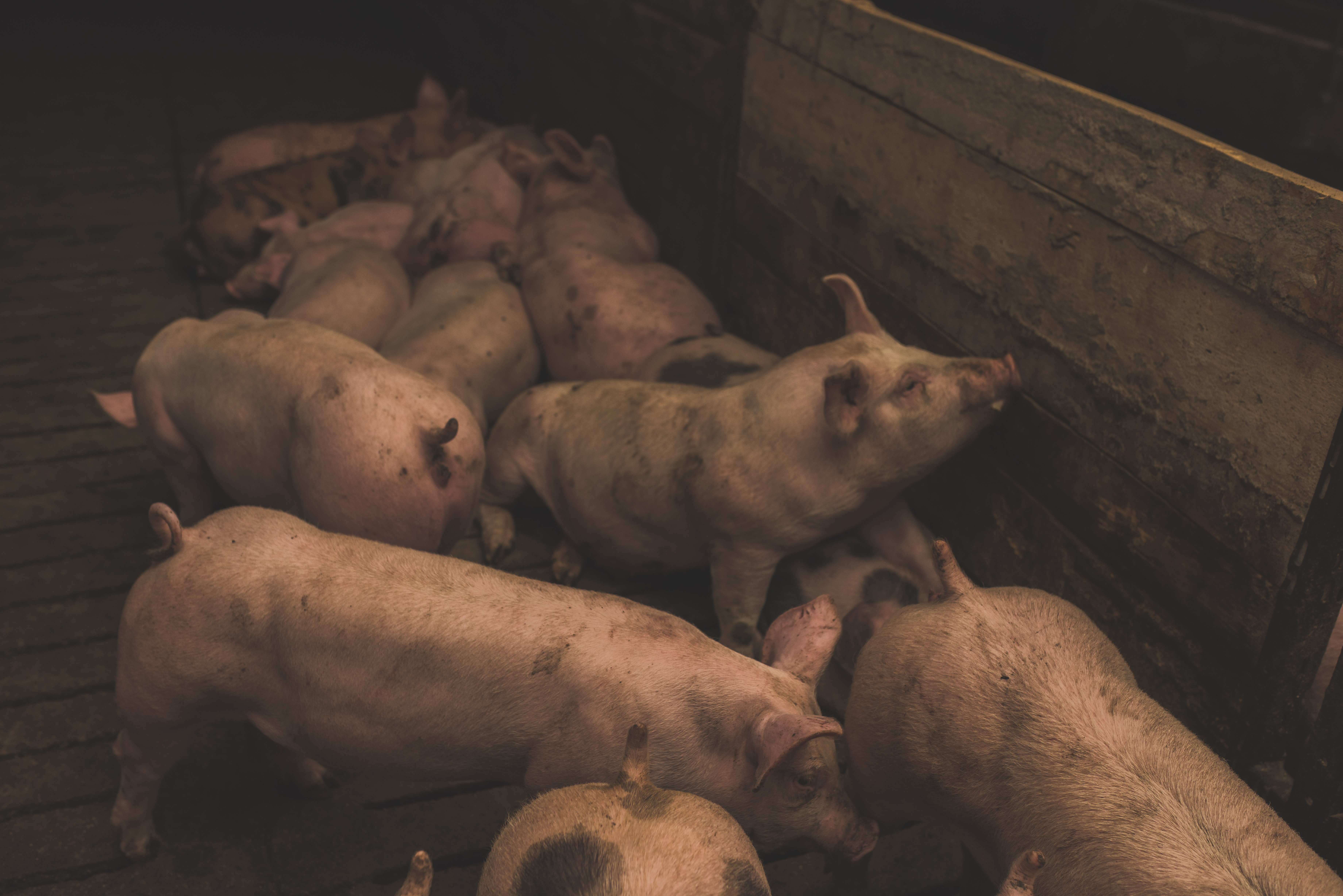
Farmers Need More Collateral to Secure a Loan
The latest Rural Mainstreet Index (RMI) continues to be a broken record for ag bankers. The November reading fell below growth neutral, a sign of the stress in farm country. Professor Ernie Goss of Creighton University helps author the survey. He says the November reading fell to 44.7, down from the 45.3 reading the RMI posted in October.
“Since peaking in 2013, farm commodity prices have declined by approximately 17 percent and U.S. farm income has fallen for four straight years,” said Goss. “Not surprisingly, Creighton’s overall Rural Mainstreet Index has risen above growth neutral only three times in the past three years.”
The Index surveys bankers in a 10-state region that rely heavily on agriculture and/or energy. This month’s survey focused on how bankers are responding to the downturn. Of those surveyed, 53.1 percent of bankers say they are increasing collateral requirements for farm loans. 22.5 percent even say they’ve rejected a higher percent of farm loan applicants. Of those surveyed, approximately one-third indicate no changes in farm loan terms and requirements.
“The producers that are faring the best are the ones that are doing a good job in understanding their break evens,” said Alan Hoskins, President, CEO of American Farm Mortgage. “They’re the ones that are looking, even in these times where the rent is still higher than it should be, they’re looking realistically at is it time to not farm some land, because it’s not contributing to the wellbeing of the operation. It’s serving as a drain on cash. “
When looking ahead, many ag bankers are worried about trade and the affect it could have on commodity prices. The confidence index within the RMI gauges expectations six months out. That index increased, but still what Goss calls a weak rate, at 40.6.
“Concerns about trade, especially current NAFTA negotiations, and low agriculture commodity prices impaired bankers’ economic outlook,” said Goss.
Despite the livestock sector carrying balance sheets in 2017, the RMI showed 9.2 percent of bankers project negative cash flows for livestock producers net year. Goss says that’s down from the 18.9 percent that projected negative outlooks in November 2016 version of the RMI
“We see some intermediate debt restructure and expense control to make sure they [livestock producers] can operate with a positive cash flow based on real commodity prices,” said Todd Douglas, CEO of the First. National Bank in Pierre, South Dakota “Most have enough room on their balance sheets to handle a short-term commodity downturn, but at some point, every operator will be negatively affected.”
Bankers say it’s the cash reserves both on the grain and livestock side helping producers ride out the drop in prices, but those reserves are dwindling.
“Despite what we have seen with the decrease in commodity prices, there are still some producers that are sitting on some pretty good cash positions and that’s allowing them to take advantage of some opportunities when they do present themselves,” said Hoskins.
Hoskins says land and equipment are two areas that are showing opportunity. The RMI showed farmland price index fell below growth neutral for the 48th straight month.


